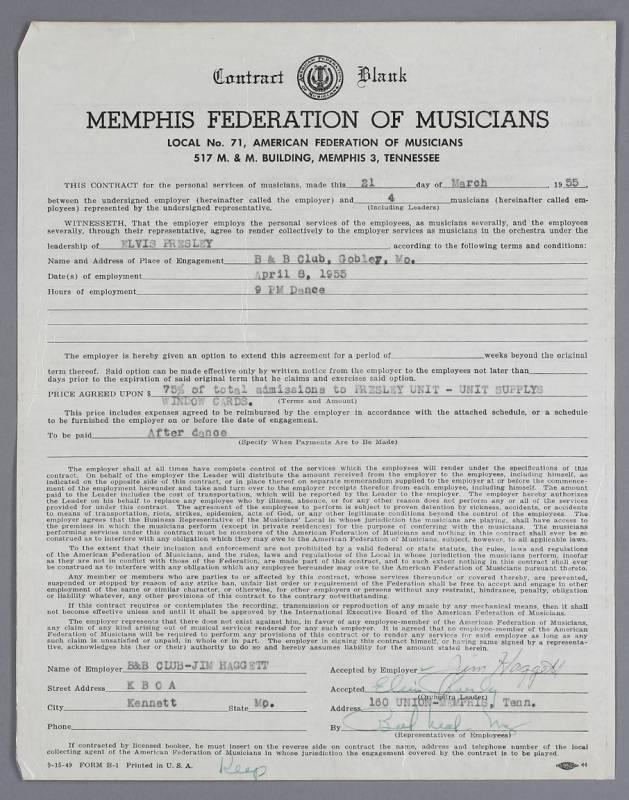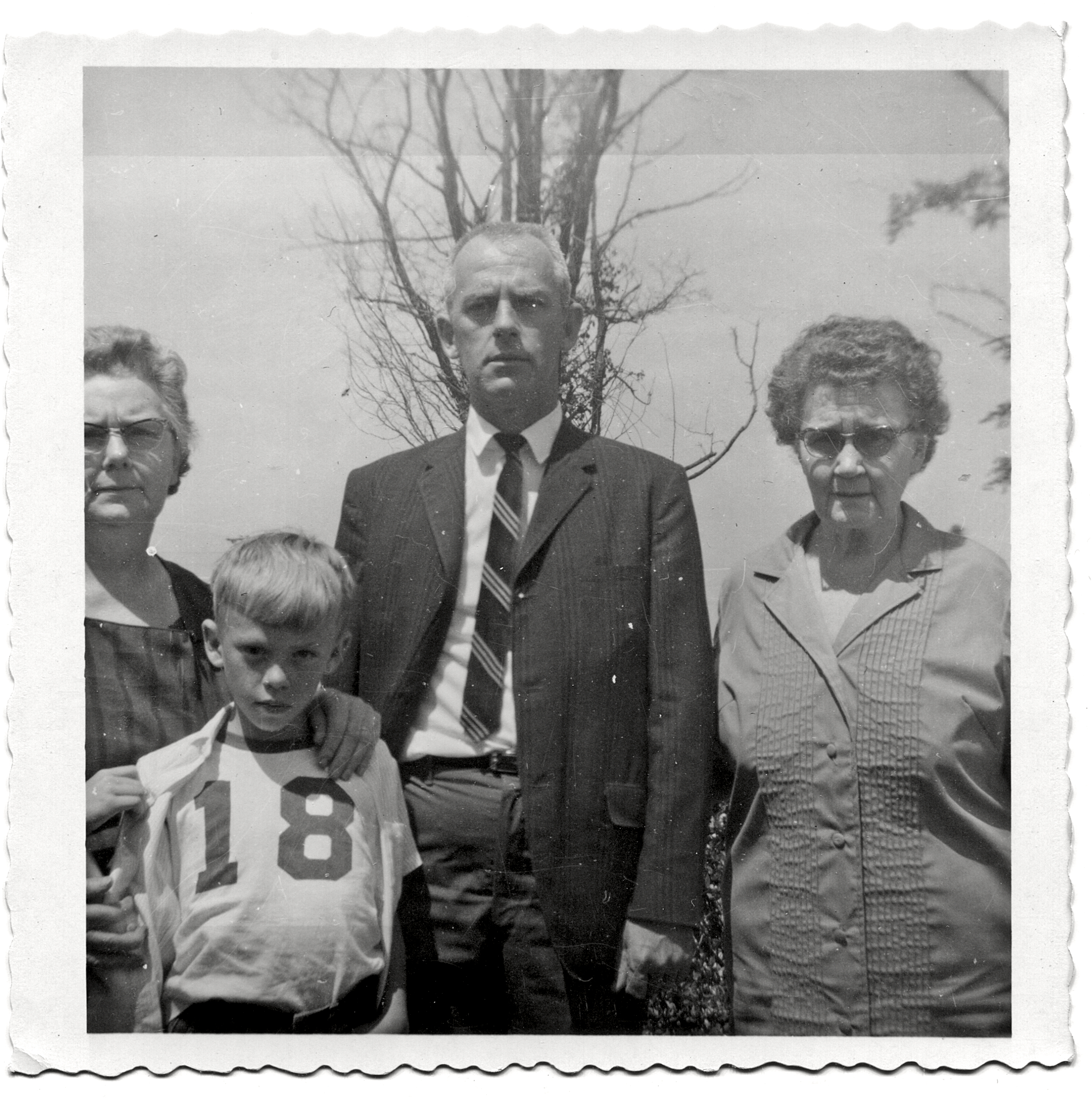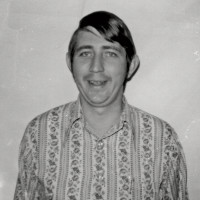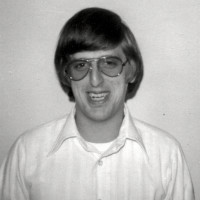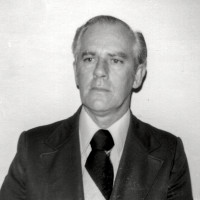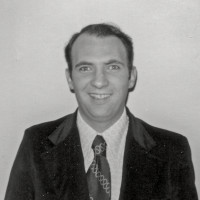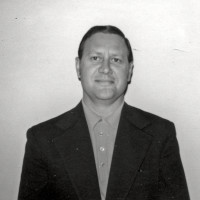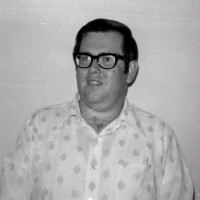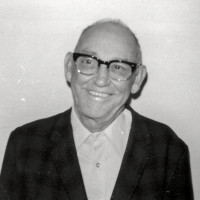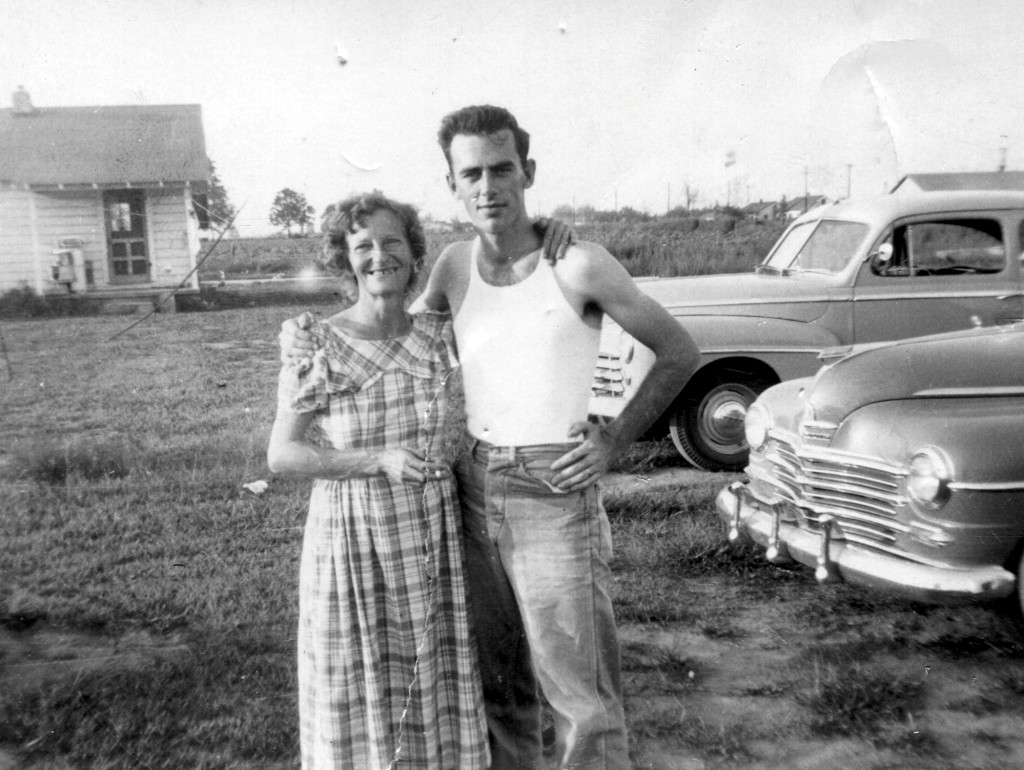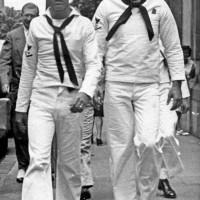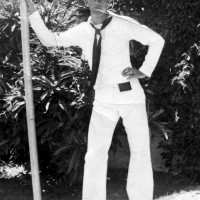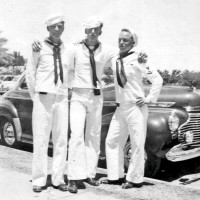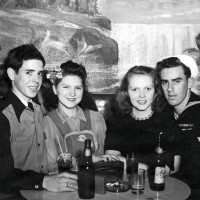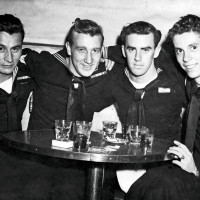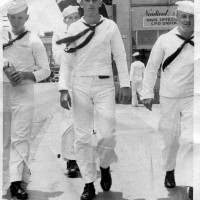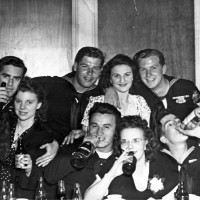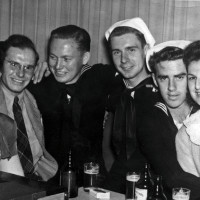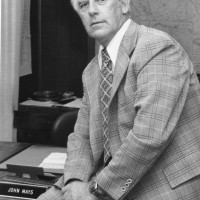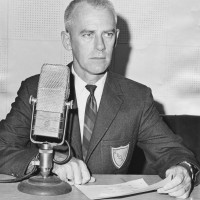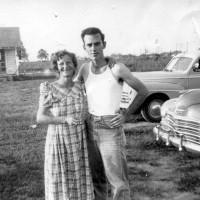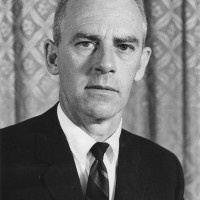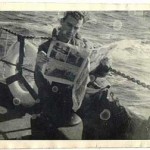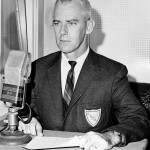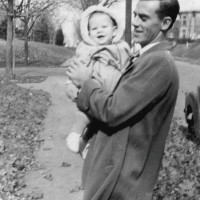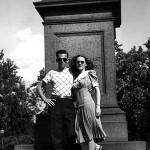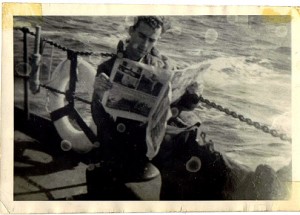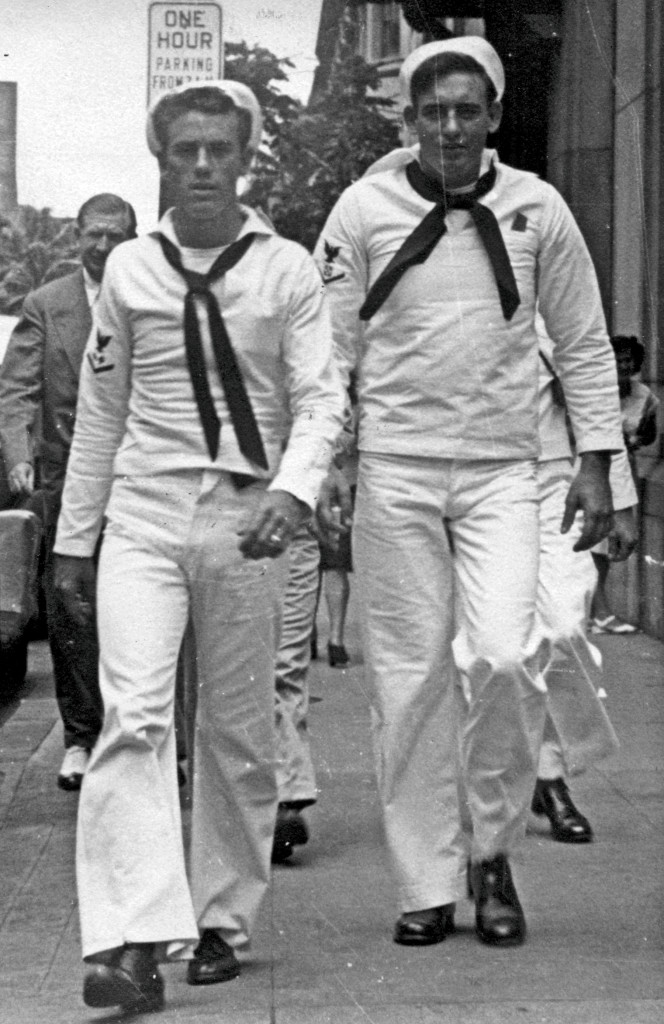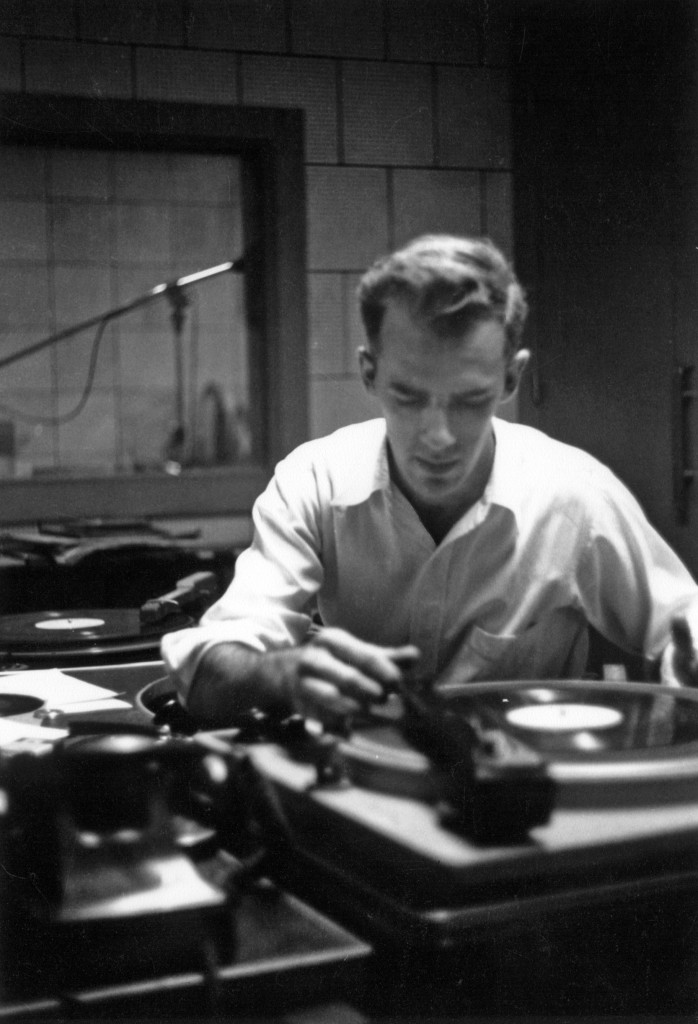
I love this photograph of my father. It was taken in the control room (Studio A) of KBOA in Kennett, Missouri, probably around 1950.
Anyone that has ever “cued” a record recognizes that sense of touch and the delicate balance of the heavy tone-arm on the oh-so-easy-to-scratch record.
A skill (if you could call it that) that hasn’t been needed for many years. I’m glad I didn’t miss those final years of high-touch, hands-on radio.
We had one of the early automation systems (for our FM station) but it felt like telling someone how to make love to your girl friend.
And the thrill of having the program director walk into the studio while you were on the air and put the hot new single into “current” box. Is it as much fun to see the new single come into the rotation on a computer monitor?
Before I get carried away, allow me to say –for the record– I don’t miss using a grease pencil and splicing blog to edit tape. If I had to choose, I’d be th digital boy I have become.
